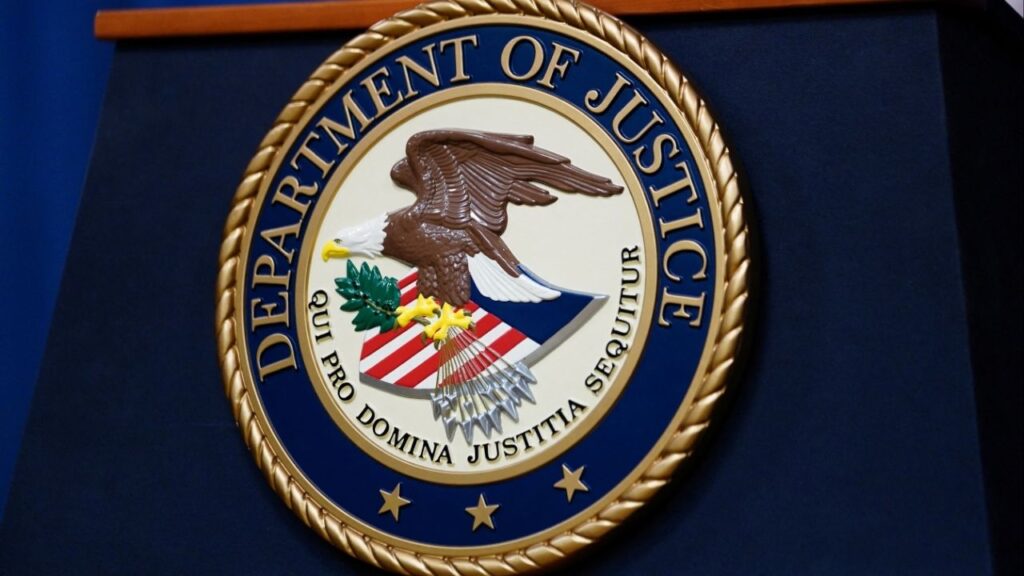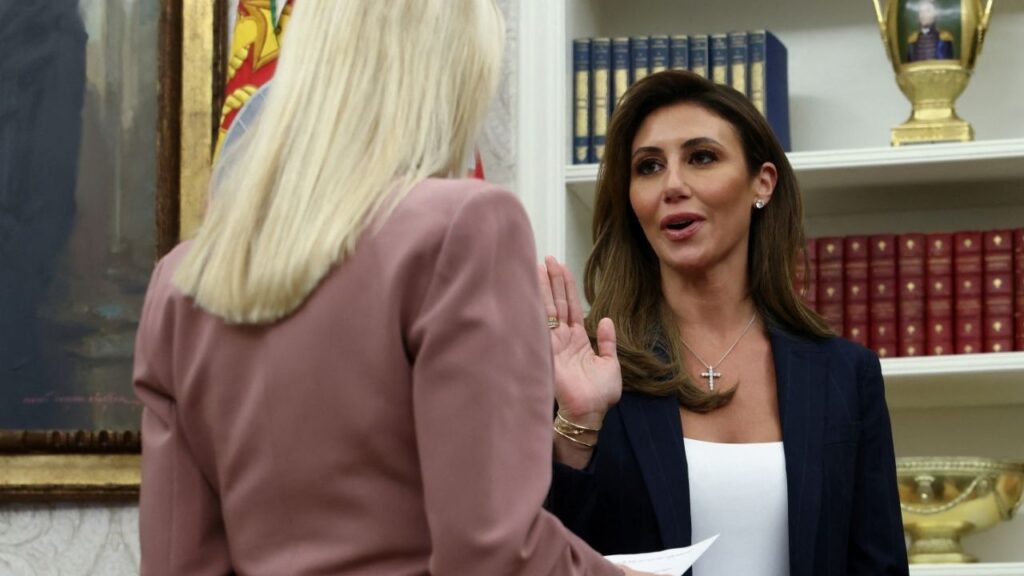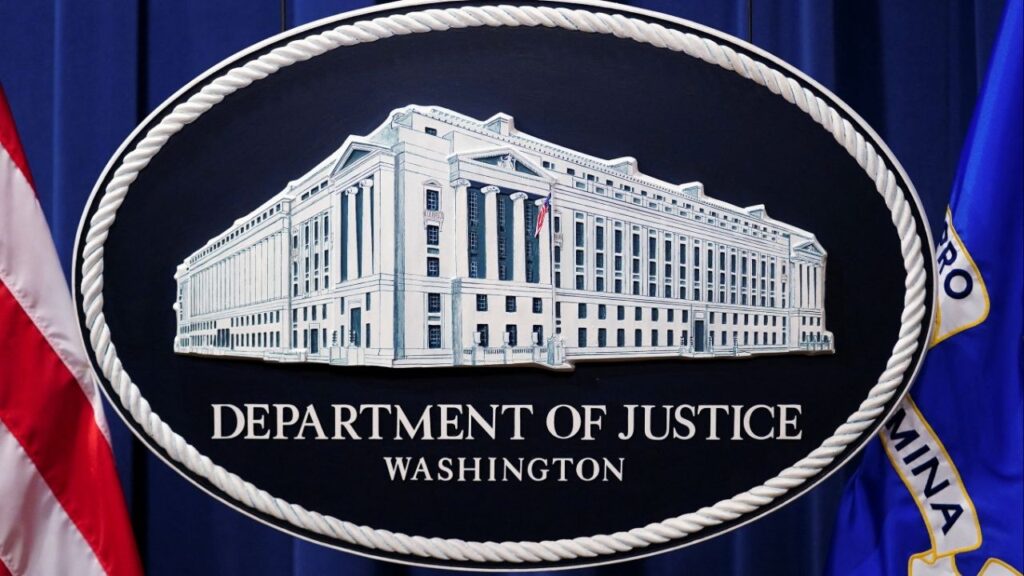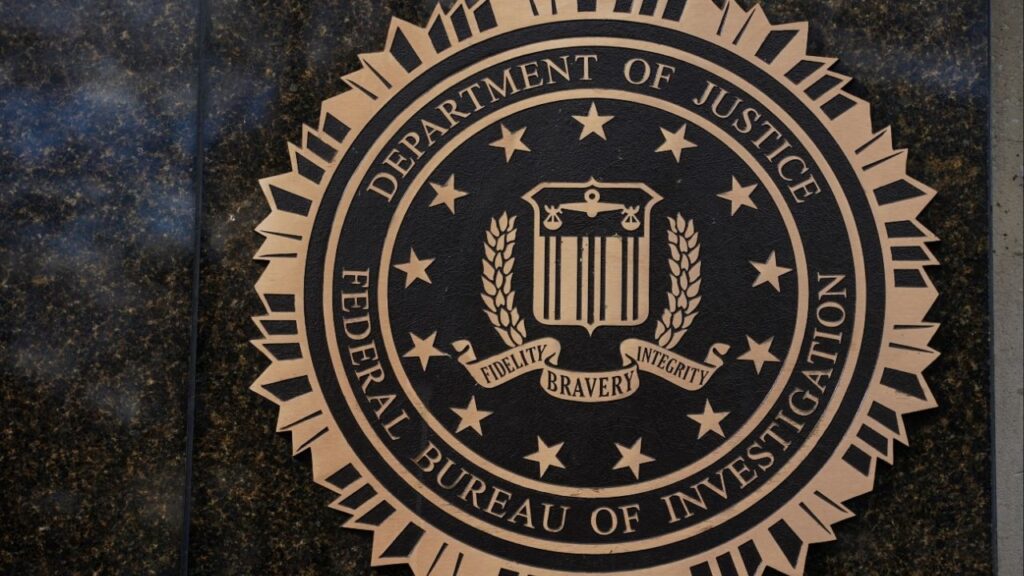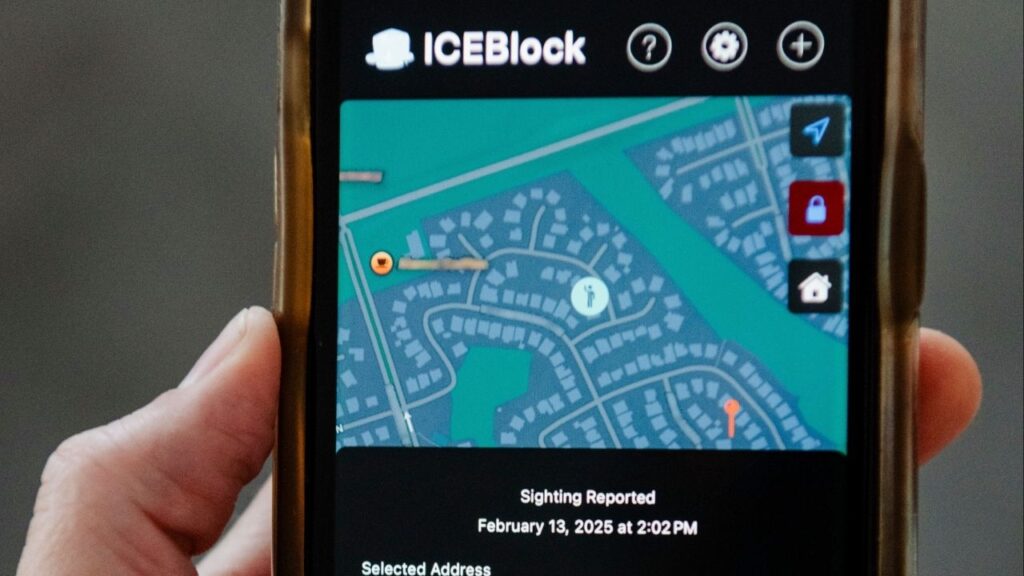
- The justices expressed skepticism over arguments that the administration is unconstitutionally squelching conservative points of view.
- The court's decision could set standards for free speech in the digital age.
- Free speech advocates believe the court should draw a line between the government's acceptable use of the bully pulpit and coercive threats to free speech.
Share
|
Getting your Trinity Audio player ready...
|
WASHINGTON — The Supreme Court seemed likely Monday to side with the Biden administration in a dispute with Republican-led states over how far the federal government can go to combat controversial social media posts on topics including COVID-19 and election security.
The justices seemed broadly skeptical during nearly two hours of arguments that a lawyer for Louisiana, Missouri and other parties presented accusing officials in the Democratic administration of leaning on the social media platforms to unconstitutionally squelch conservative points of view.
Lower courts have sided with the states, but the Supreme Court blocked those rulings while it considers the issue.
Several justices said they were concerned that common interactions between government officials and the platforms could be affected by a ruling for the states.
Concerns Raised
In one example, Justice Amy Coney Barrett expressed surprise when Louisiana Solicitor General J. Benjamin Aguiñaga questioned whether the FBI could call Facebook and X (formerly Twitter) to encourage them to take down posts that maliciously released someone’s personal information without permission, the practice known as doxxing.
“Do you know how often the FBI makes those calls?” Barrett asked, suggesting they happen frequently.
Implications for Free Speech
The court’s decision in this and other social media cases could set standards for free speech in the digital age. The cases over state laws and the one that was argued Monday are variations on the same theme, complaints that the platforms are censoring conservative viewpoints.
The states argue that White House communications staffers, the surgeon general, the FBI and the U.S. cybersecurity agency are among those who coerced changes in online content on social media platforms.
“It’s a very, very threatening thing when the federal government uses the power and authority of the government to block people from exercising their freedom of speech,” Louisiana Attorney General Liz Murrill said in a video her office posted online.
Related Story: Bill That Could Make TikTok Unavailable in the US Advances Quickly in the House
Administration’s Response
The administration responds that none of the actions the states complain about come close to problematic coercion. The states “still have not identified any instance in which any government official sought to coerce a platform’s editorial decisions with a threat of adverse government action,” wrote Solicitor General Elizabeth Prelogar, the administration’s top Supreme Court lawyer. Prelogar wrote that states also can’t “point to any evidence that the government ever imposed any sanction when the platforms declined to moderate content the government had flagged — as routinely occurred.”
The companies themselves are not involved in the case.
Free Speech Advocates’ Views
Free speech advocates say the court should use the case to draw an appropriate line between the government’s acceptable use of the bully pulpit and coercive threats to free speech.
“The government has no authority to threaten platforms into censoring protected speech, but it must have the ability to participate in public discourse so that it can effectively govern and inform the public of its views,” Alex Abdo, litigation director of the Knight First Amendment Institute at Columbia University, said in a statement.
Previous Rulings
A panel of three judges on the New Orleans-based 5th U.S. Circuit Court of Appeals had ruled earlier that the Biden administration had probably brought unconstitutional pressure on the media platforms. The appellate panel said officials cannot attempt to “coerce or significantly encourage” changes in online content. The panel had previously narrowed a more sweeping order from a federal judge, who wanted to include even more government officials and prohibit mere encouragement of content changes.
A divided Supreme Court put the 5th Circuit ruling on hold in October, when it agreed to take up the case.
Justices Samuel Alito, Neil Gorsuch and Clarence Thomas would have rejected the emergency appeal from the Biden administration.
Alito wrote in dissent in October: “At this time in the history of our country, what the Court has done, I fear, will be seen by some as giving the Government a green light to use heavy-handed tactics to skew the presentation of views on the medium that increasingly dominates the dissemination of news. That is most unfortunate.”
A decision in Murthy v. Missouri, 23-411, is expected by early summer.
RELATED TOPICS:
Categories
